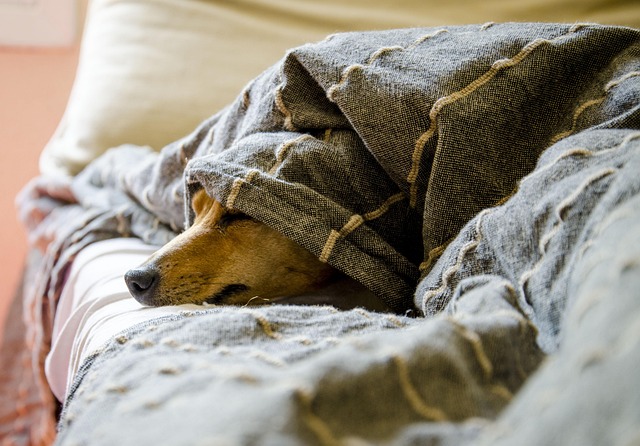Owning pets adds warmth and joy to a household, but it also brings a unique set of maintenance challenges that homeowners often overlook. Whether it’s fur collecting in vents, scratches on flooring, or the occasional odor that lingers longer than you’d like, regular upkeep makes all the difference in keeping your home comfortable, healthy, and in good condition year-round.
1. Flooring and Surface Care
Pets tend to test the durability of any surface. Nails can scuff hardwoods, muddy paws leave stains, and shedding can accumulate faster than expected. Regular sweeping or vacuuming—especially with a pet-rated vacuum—helps keep dander and fur under control. For hardwoods, consider a durable finish or area rugs in high-traffic areas. Tile and vinyl flooring stand up well to claws and moisture, making them smart long-term investments.

2. Managing Odors and Air Quality
Pet odors have a way of settling into carpets, upholstery, and even HVAC systems. A simple yet powerful step is to change air filters more often—every 30 to 45 days is ideal when pets are indoors. Wash bedding, throw blankets, and pet cushions regularly. Deep cleaning carpets twice a year helps maintain both appearance and air quality. In homes with multiple animals, a professional duct cleaning every few years can greatly improve indoor air freshness.
3. Walls, Trim, and Furniture Protection
Scratching, rubbing, and the occasional accident can take a toll on paint and baseboards. Using a semi-gloss or satin paint finish on lower walls makes cleaning easier and resists moisture better than flat finishes. Trim guards near food and water bowls can prevent water damage from splashes. For furniture, washable slipcovers or pet-friendly fabrics such as microfiber resist hair and stains and extend the life of your investment.
4. Plumbing and Drainage Considerations
Bathing pets often means extra fur heading straight into the drain. A simple drain screen can prevent clogs that lead to slow drainage or pipe backups. Outdoor hoses and utility sinks used for rinsing off muddy paws should be checked periodically for leaks or corrosion. If you have a fenced yard, ensure proper grading and drainage—areas where pets run or dig can collect water, creating muddy messes and potential pest problems.
5. Exterior Maintenance and Safety
Outdoor pets or those that frequently go outside can create wear on decks, porches, and door frames. Inspect for scratches, loose boards, or gaps that might allow pests or moisture intrusion. Regularly clean and reseal wooden surfaces to prevent rot from pet-related wear. It’s also wise to check fencing for weak spots—both for your pet’s safety and to maintain property security.
Final Thoughts
Homes with pets naturally experience more wear and tear, but with a few thoughtful habits and timely upkeep, you can maintain a clean, healthy environment for both your family and your furry companions. A well-cared-for home not only looks and smells better but also holds its value and provides a safer, happier space for everyone inside.
